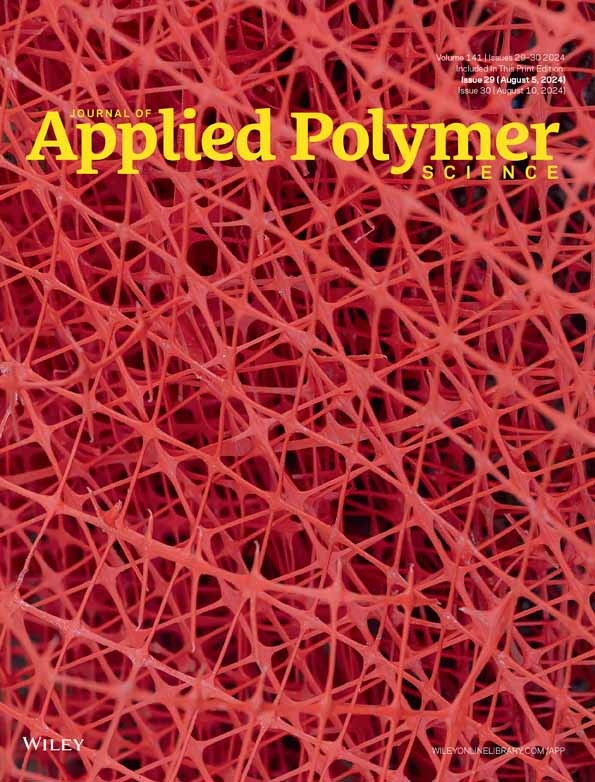Thermomechanical evaluation of zinc oxide/hydroxyapatite/high-density polyethylene hybrid composites
Abstract
This study examines the impact of zinc oxide (ZnO) on the spectral, thermal, mechanical, and morphological characteristics of developed composites of high-density polyethylene (HDPE). Composite samples were fabricated with different compositions of ZnO (0, 5, 10, 15, and 20 wt%) along with a constant quantity of hydroxyapatite (HA, 10 wt%) in pure HDPE. The synthesized hybrid polymer composites were characterized using Fourier transform infrared spectroscopy (FTIR), thermogravimetric analysis (TGA), differential scanning calorimetry (DSC), universal testing machine (UTM), and field emission scanning electron microscopy (FESEM) methods, allowing for a thorough assessment of their spectral, thermal, mechanical, and morphological properties, repectively. FTIR analysis revealed the presence of HA and ZnO metal vibrations in the hybrid polymer samples. The thermal stability was increased by the incorporation of different amounts of ZnO, and the decomposition temperature was increased from 319.31 to 412°C for 10 wt% of ZnO hybrid composites as compared to pure HDPE. DSC findings indicated that increasing the ZnO contents, prompted the degree of crystallinity to rise to 14.81% as contrasted to neat HDPE. It was observed that yield strength and ultimate tensile strength for the 10 wt% ZnO composite increased up to 51.85% and 31.72%, respectively, compared to pure HDPE. However, at higher loading of ZnO, surface cracks were observed, which is detrimental for composite materials. Hence, the improved attributes indicated that the synthesized ZnO/HA/HDPE polymer composites can be a promising material for biomedical engineering applications.
CONFLICT OF INTEREST STATEMENT
The authors declare no conflicts of interest.
Open Research
DATA AVAILABILITY STATEMENT
The data that support the findings of this study are available on request from the corresponding author. The data are not publicly available due to privacy or ethical restrictions.




